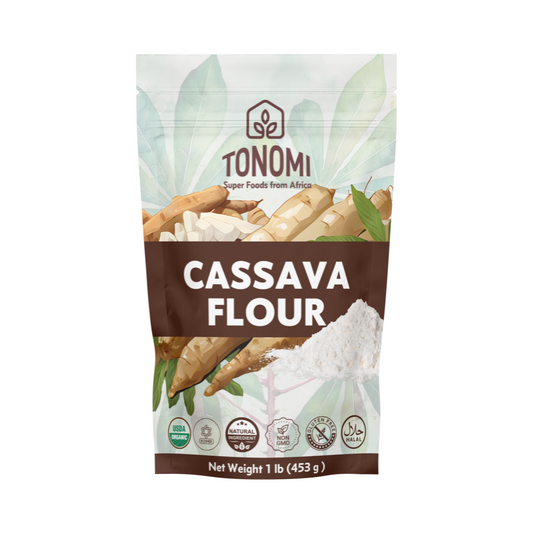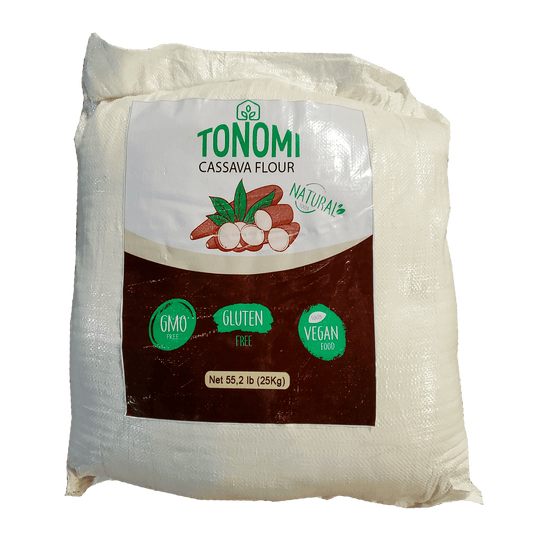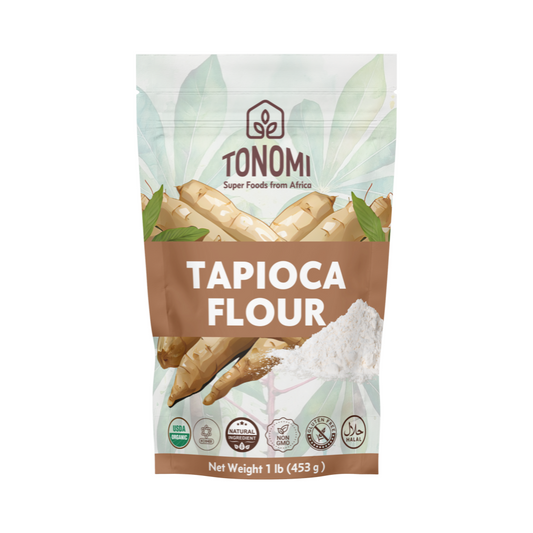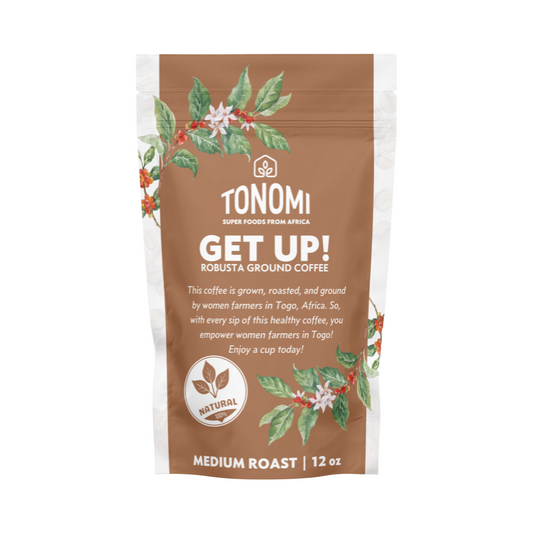Ingredients
1. Gluten-Free Flours
-
Rice Flour: Provides a neutral flavor and good texture.
-
Rice Flour: Provides a neutral flavor and good texture.
-
Tapioca Flour: Improves texture and elasticity.
-
Almond Flour: Adds moisture and a nutty flavor.
-
Oat Flour (Certified Gluten-Free): Contributes to texture and flavor.
-
Sorghum Flour: Offers a mild flavor and good structure.
2. Binders and Moisture Retainers
-
Xanthan Gum or Guar Gum: Mimics gluten's binding properties.
-
Psyllium Husk: Acts as a binder and improves moisture retention.
-
Eggs or Egg Replacers: Provide structure and moisture.
-
Yogurt or Buttermilk: Enhances texture and flavor.
3. Leavening Agents
-
Yeast: Essential for traditional bread texture and flavor.
-
Baking Powder and Baking Soda: Provides additional leavening in quick breads.
-
Vinegar or Lemon Juice: Reacts with baking soda to help bread rise.
4. Flavor Enhancers
-
Salt: Enhances flavor and regulates yeast activity.
-
Sugar or Honey: Feeds yeast and enhances flavor.
-
Herbs, Spices, and Seeds: Add variety and texture.
Ingredients:
-
2 cups gluten-free flour blend (e.g., 1 cup rice flour, 1/2 cup potato starch, 1/2 cup tapioca flour)
-
1/2 cup almond flour
-
1 tsp xanthan gum or guar gum
-
1 1/2 tsp salt
-
1 tbsp sugar or honey
-
1 packet (2 1/4 tsp) active dry yeast
-
1 1/4 cups warm water (110°F)
-
2 tbsp olive oil or melted butter
-
2 large eggs, room temperature
-
1 tsp apple cider vinegar or lemon juice
Directions
Techniques for Successful Gluten-Free Bread Making
1. Mixing
Combine gluten-free flours thoroughly to ensure even distribution.
Use a stand mixer or sturdy spoon to mix dough until smooth and elastic.
2. Proofing
Allow dough to rise in a warm, draft-free environment.
Gluten-free dough may not double in size but should visibly rise.
3. Baking
Preheat the oven to ensure even baking.
Use a loaf pan lined with parchment paper for easy removal.
Bake until golden brown and hollow-sounding when tapped.
4. Cooling
Allow bread to cool completely on a wire rack before slicing.
This prevents crumbling and ensures a good texture.
Instructions:
1. Activate Yeast:
In a small bowl, dissolve sugar/honey in warm water. Sprinkle yeast over the top. Let sit for 5-10 minutes until frothy.
2. Mix Dry Ingredients:
In a large mixing bowl, whisk together gluten-free flour blend, almond flour, xanthan/guar gum, and salt.
3. Prepare Wet Ingredients:
In another bowl, whisk together eggs, olive oil/butter, and vinegar/lemon juice.
4. Combine and Mix:
Pour activated yeast mixture into the dry ingredients. Add the wet ingredients. Mix until smooth and dough-like. It will be sticky.
5. Rise and Bake:
Transfer dough to a greased or parchment-lined loaf pan. Smooth the top with a wet spatula.
Cover loosely with a kitchen towel and let rise in a warm place for 45-60 minutes, or until slightly risen.
6. Preheat and Bake:
Preheat the oven to 375°F (190°C).
Bake bread for 35-45 minutes, or until golden brown and sounds hollow when tapped.
7. Cool and Enjoy:
Remove bread from pan and cool on a wire rack for at least 1 hour before slicing.
Recipe Note
Variations and Tips for Success
●
Multigrain Gluten-Free Bread: Add seeds (e.g.,
flax, chia, sunflower) and millet flour for a heartier texture.
●
Sweet Gluten-Free Bread: Increase sugar/honey
to 1/4 cup and add cinnamon or vanilla extract.
●
Dairy-Free Option: Substitute dairy-free
yogurt or buttermilk and use olive oil instead of butter.
Troubleshooting Common
Issues
Problem:
Bread is Dense and Heavy
●
Solution: Increase liquid or eggs
for more moisture, or try a different flour blend with lighter textures.
Problem:
Bread is Crumbly
●
Solution: Add more binding agents
like xanthan gum, psyllium husk, or extra eggs.
Problem:
Bread Doesn't Rise
●
Solution: Ensure yeast is active
(frothy) before mixing. Use a warm environment for proofing.
Conclusion
Discover the ultimate guide to baking delicious
gluten-free bread at home with this comprehensive article. Explore essential
ingredients, techniques, troubleshooting tips, and a step-by-step recipe for a
simple yet satisfying loaf. Whether you have celiac disease, gluten
sensitivity, or choose a gluten-free lifestyle, this resource empowers you to
create bread that's both wholesome and delicious. Gain insights into the role
of gluten in baking, discover alternative flours, and learn expert tips to
achieve the perfect texture and flavor. Start your gluten-free baking journey
today with confidence and creativity!
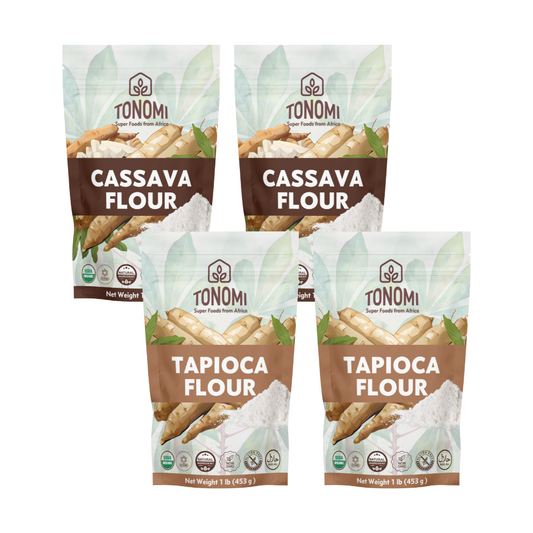 Sold out
Sold out

